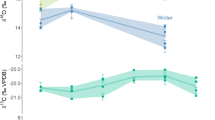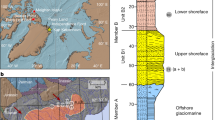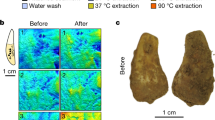Abstract
Smith et al. have shown an interesting correlation between the thermal age of Pleistocene–Holocene fossils and ancient DNA retrieval and advocate using this criterion to assess the merit of subjecting ancient bones to destructive analysis, particularly any scientifically valuable bones of Neanderthals and anatomically pre-modern humans. The post-mortem DNA quality is, of course, dependent on the surrounding temperature, but — as the authors point out — many other important factors influence fossil DNA preservation, such as air and soil humidity, soil pH, phosphorus content of the soil, average temperature in different earth layers, and microbial-mediated decay, which also have to be taken into account.
This is a preview of subscription content, access via your institution
Access options
Subscribe to this journal
Receive 51 print issues and online access
$199.00 per year
only $3.90 per issue
Buy this article
- Purchase on SpringerLink
- Instant access to full article PDF
Prices may be subject to local taxes which are calculated during checkout
Similar content being viewed by others
References
Handt, O. et al. Science 264, 1775–1778 (1994).
Bocherens, H. et al. J. Hum. Evol. 20, 481–492 (1991).
Ovchinnikov, I. V. et al. Nature 404, 490–493 (2000).
Author information
Authors and Affiliations
Corresponding author
Rights and permissions
About this article
Cite this article
Ovchinnikov, I., Götherström, A., Romanova, G. et al. Not just old but old and cold?. Nature 410, 772 (2001). https://doi.org/10.1038/35071181
Issue date:
DOI: https://doi.org/10.1038/35071181



